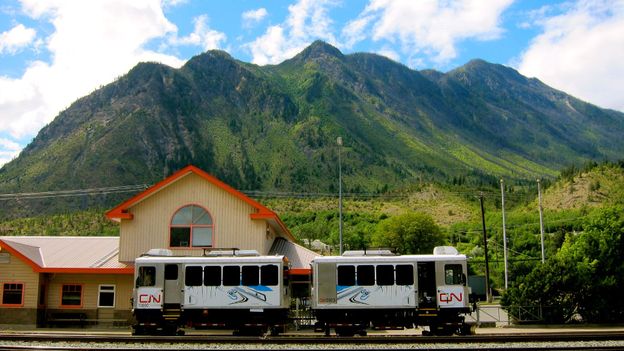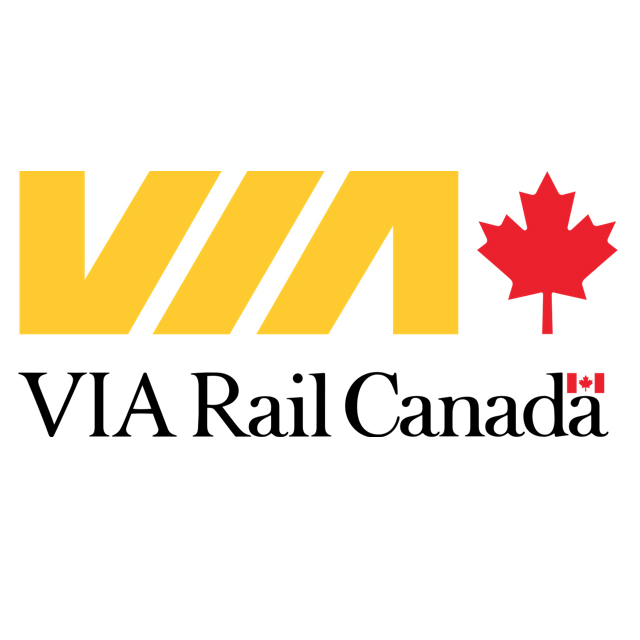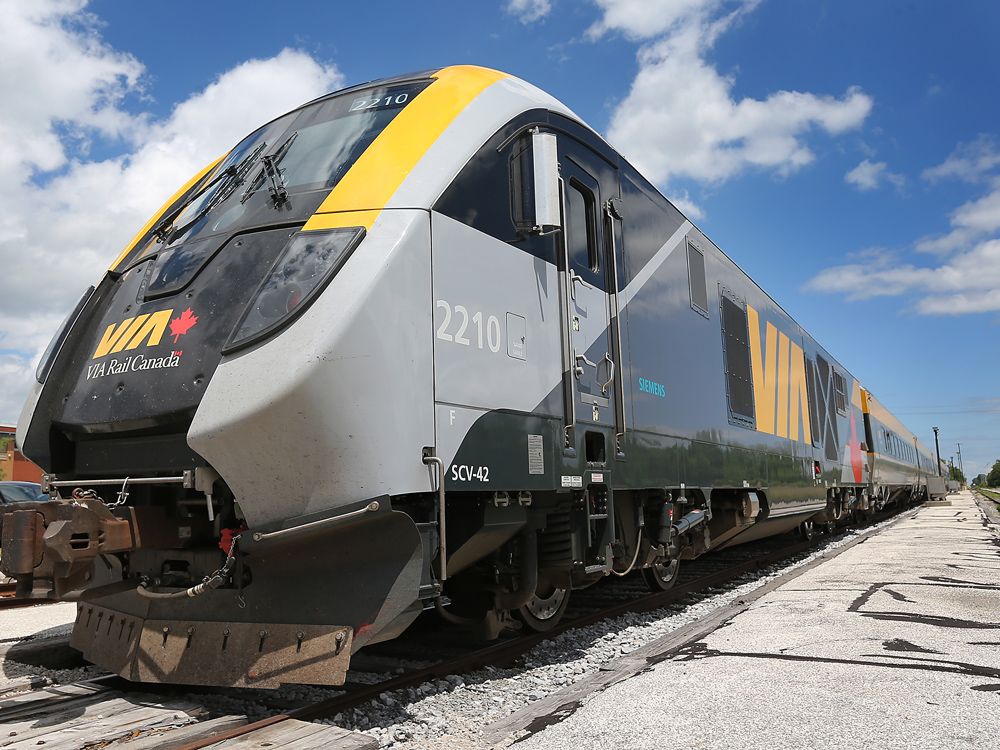just east of the creek
Senior Member
From Trains.com
MONTREAL — When safety is on the table, there can be no debate about measures taken to ensure it.
So when Canadian National informed VIA Rail Canada last Friday that all Venture trainsets of less than 32 axles could not operate at track speed across highway crossings equipped with warning devices triggered by Grade Crossing Predictors, the operator had no recourse but to immediately comply [see “CN imposes axle-count restriction …,” Trains News Wire Oct. 14, 2024].
Still unanswered is why CN chose the beginning of Canada’s Thanksgiving Day holiday weekend to impose the restriction and what role the railroad’s track maintenance or other factors might have prompted the decision.
In response to a News Wire request for more details, a VIA spokesman says, “No incidents or issues at level crossings have been reported to VIA Rail since the Venture trains have been in operation.” The trainsets were tested on all routes to the satisfaction of regulatory agency Transport Canada and host railroads before VIA’s acceptance in 2021, and have operated in revenue service since Nov. 8, 2022, “with CN’s collaboration and approval.”
Canadian National spokeswoman Ashley Michnowski, responding to the same inquiry, explains, “We advised VIA very early on in the process (October 2021) that operating at a 24-axle count could create issues.” This was confirmed, she says, in March 2024. “We immediately notified VIA and took necessary measures to protect the public by reverting to CN’s 32-axle minimum requirement or imposing restrictions on the designated routes that VIA was operating this fleet on.”
VIA tells News Wire slowdowns at crossings were indeed mandated then on portions of the Montreal-Quebec City corridor, but reiterated that CN failed to divulge any specific incident or incidents where the crossing activation issue, known as loss of shunt, occurred. And that was in March.
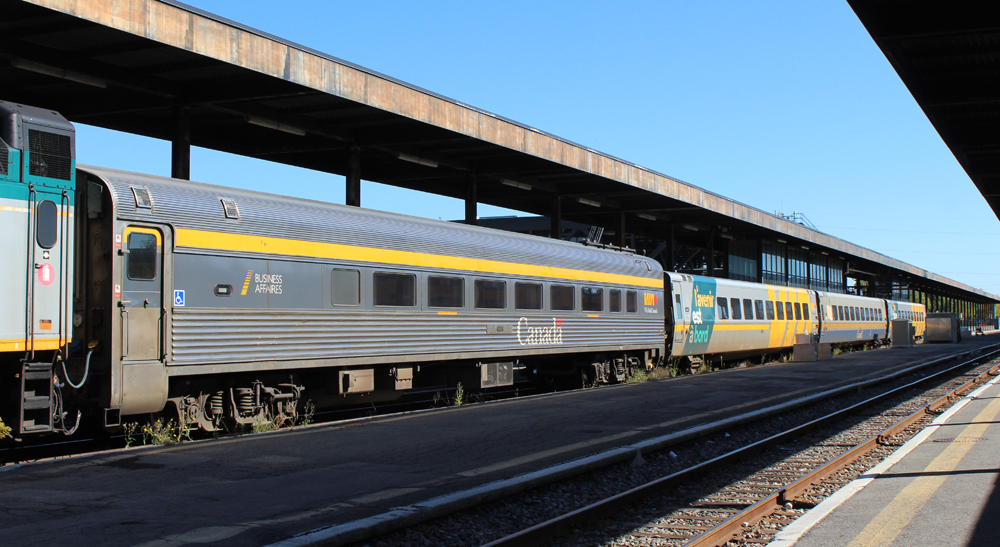 A Budd-built HEP-2 coach and three “Light Rapid Comfortable” cars await departure from Ottawa to Toronto on Sept. 30, 2024. VIA has routinely operated the LRCs in four-car sets for decades without incurring loss-of-shunt incidents. Bob Johnston
A Budd-built HEP-2 coach and three “Light Rapid Comfortable” cars await departure from Ottawa to Toronto on Sept. 30, 2024. VIA has routinely operated the LRCs in four-car sets for decades without incurring loss-of-shunt incidents. Bob Johnston
Canadian National only said, “it was discovered on Oct. 11, 2024, that these Venture trainsets were operating in expanded service with crossings which may experience shunt loss and thus be unprotected, CN took immediate measures to issue the proper instructions to protect the safety of train operations and crossings.”
Engineers must slow their trains enough to visually confirm that warning devices are operating at least 20 seconds prior to the train’s approach to crossings. A Transport Canada official told a reporter for broadcaster CTV that this was 72 kilometers per hour (about 44 mph).
Michnowski’s statement further notes that “shunt enhancer antennas” are in use in the United Kingdom. The locomotive-mounted device appears to be the railroad’s blanket solution to otherwise unexplained instances where loss of shunt on certain CN track segments — but not others — has resulted on equipment-specific and axle-count requirements if maximum authorized track speeds are to be maintained.
In the U.S., a years-long mandate requiring seven Superliner on Amtrak’s Chicago-Carbondale, Ill., regional route has prevented 14 long-distance cars from providing much needed capacity elsewhere [see “Short consists constrain Capitol Limited …,” News Wire, Jan. 19, 2024].
Meanwhile in Canada, only CN has imposed the speed restriction on Ventures. A recent News Wire round trip between Dorval, Que., and Ottawa confirmed VIA continues to operate the trainsets at maximum speeds up to 100 mph across highway crossings on track it owns and maintains after leaving CN’s Montreal-Toronto main line at Coteau, Que.
Acording to VIA, host railroads Metrolinx in the Toronto area and Canadian Pacific around Smiths Falls, Ont., have also not imposed Venture-only restrictions.
Today (Thursday, Oct. 17), train No. 22 from Ottawa was 10 minutes late leaving Coteau on the all-VIA route. On CN, it departed Montreal 40 minutes late, was 1 hour, 20 minutes behind schedule at St. Hyacinthe, Que., and arrived at Quebec City at 1:59 p.m. instead of 11:40 a.m., well after any passengers’ lunch appointments. In the other direction, VIA No. 35 was an hour late over CN leaving Coteau, but the train lost only 8 minutes more on the way to Ottawa.
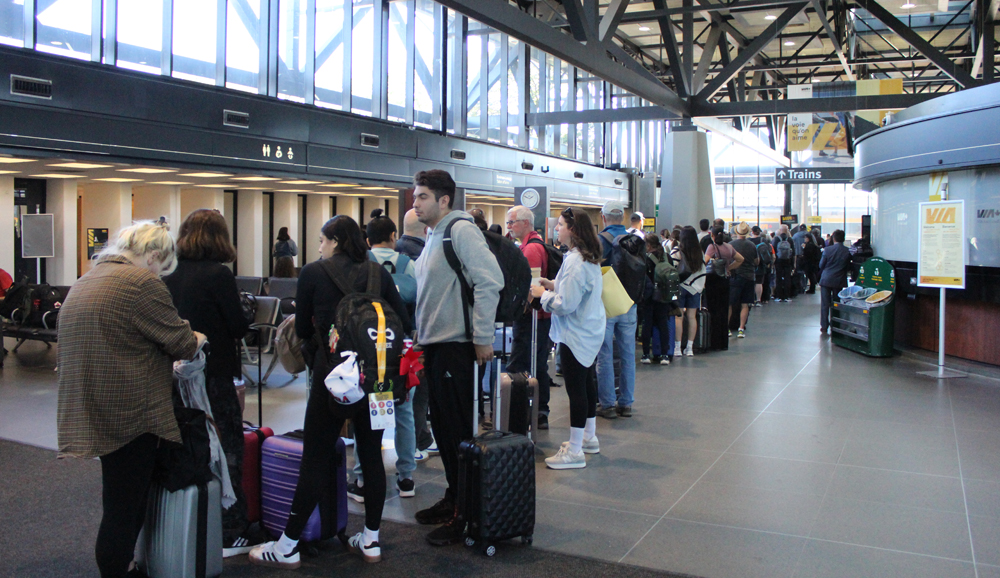 A trainload of passengers await the boarding announcement at Ottawa on Sept. 30 for Venture-equipped train No. 26 headed for Montreal and Quebec City. Travelers on the route continue to be severely impacted by tardy arrivals. Bob Johnston
A trainload of passengers await the boarding announcement at Ottawa on Sept. 30 for Venture-equipped train No. 26 headed for Montreal and Quebec City. Travelers on the route continue to be severely impacted by tardy arrivals. Bob Johnston
MONTREAL — When safety is on the table, there can be no debate about measures taken to ensure it.
So when Canadian National informed VIA Rail Canada last Friday that all Venture trainsets of less than 32 axles could not operate at track speed across highway crossings equipped with warning devices triggered by Grade Crossing Predictors, the operator had no recourse but to immediately comply [see “CN imposes axle-count restriction …,” Trains News Wire Oct. 14, 2024].
Still unanswered is why CN chose the beginning of Canada’s Thanksgiving Day holiday weekend to impose the restriction and what role the railroad’s track maintenance or other factors might have prompted the decision.
In response to a News Wire request for more details, a VIA spokesman says, “No incidents or issues at level crossings have been reported to VIA Rail since the Venture trains have been in operation.” The trainsets were tested on all routes to the satisfaction of regulatory agency Transport Canada and host railroads before VIA’s acceptance in 2021, and have operated in revenue service since Nov. 8, 2022, “with CN’s collaboration and approval.”
Canadian National spokeswoman Ashley Michnowski, responding to the same inquiry, explains, “We advised VIA very early on in the process (October 2021) that operating at a 24-axle count could create issues.” This was confirmed, she says, in March 2024. “We immediately notified VIA and took necessary measures to protect the public by reverting to CN’s 32-axle minimum requirement or imposing restrictions on the designated routes that VIA was operating this fleet on.”
VIA tells News Wire slowdowns at crossings were indeed mandated then on portions of the Montreal-Quebec City corridor, but reiterated that CN failed to divulge any specific incident or incidents where the crossing activation issue, known as loss of shunt, occurred. And that was in March.

Canadian National only said, “it was discovered on Oct. 11, 2024, that these Venture trainsets were operating in expanded service with crossings which may experience shunt loss and thus be unprotected, CN took immediate measures to issue the proper instructions to protect the safety of train operations and crossings.”
Engineers must slow their trains enough to visually confirm that warning devices are operating at least 20 seconds prior to the train’s approach to crossings. A Transport Canada official told a reporter for broadcaster CTV that this was 72 kilometers per hour (about 44 mph).
Michnowski’s statement further notes that “shunt enhancer antennas” are in use in the United Kingdom. The locomotive-mounted device appears to be the railroad’s blanket solution to otherwise unexplained instances where loss of shunt on certain CN track segments — but not others — has resulted on equipment-specific and axle-count requirements if maximum authorized track speeds are to be maintained.
In the U.S., a years-long mandate requiring seven Superliner on Amtrak’s Chicago-Carbondale, Ill., regional route has prevented 14 long-distance cars from providing much needed capacity elsewhere [see “Short consists constrain Capitol Limited …,” News Wire, Jan. 19, 2024].
Meanwhile in Canada, only CN has imposed the speed restriction on Ventures. A recent News Wire round trip between Dorval, Que., and Ottawa confirmed VIA continues to operate the trainsets at maximum speeds up to 100 mph across highway crossings on track it owns and maintains after leaving CN’s Montreal-Toronto main line at Coteau, Que.
Acording to VIA, host railroads Metrolinx in the Toronto area and Canadian Pacific around Smiths Falls, Ont., have also not imposed Venture-only restrictions.
Today (Thursday, Oct. 17), train No. 22 from Ottawa was 10 minutes late leaving Coteau on the all-VIA route. On CN, it departed Montreal 40 minutes late, was 1 hour, 20 minutes behind schedule at St. Hyacinthe, Que., and arrived at Quebec City at 1:59 p.m. instead of 11:40 a.m., well after any passengers’ lunch appointments. In the other direction, VIA No. 35 was an hour late over CN leaving Coteau, but the train lost only 8 minutes more on the way to Ottawa.






